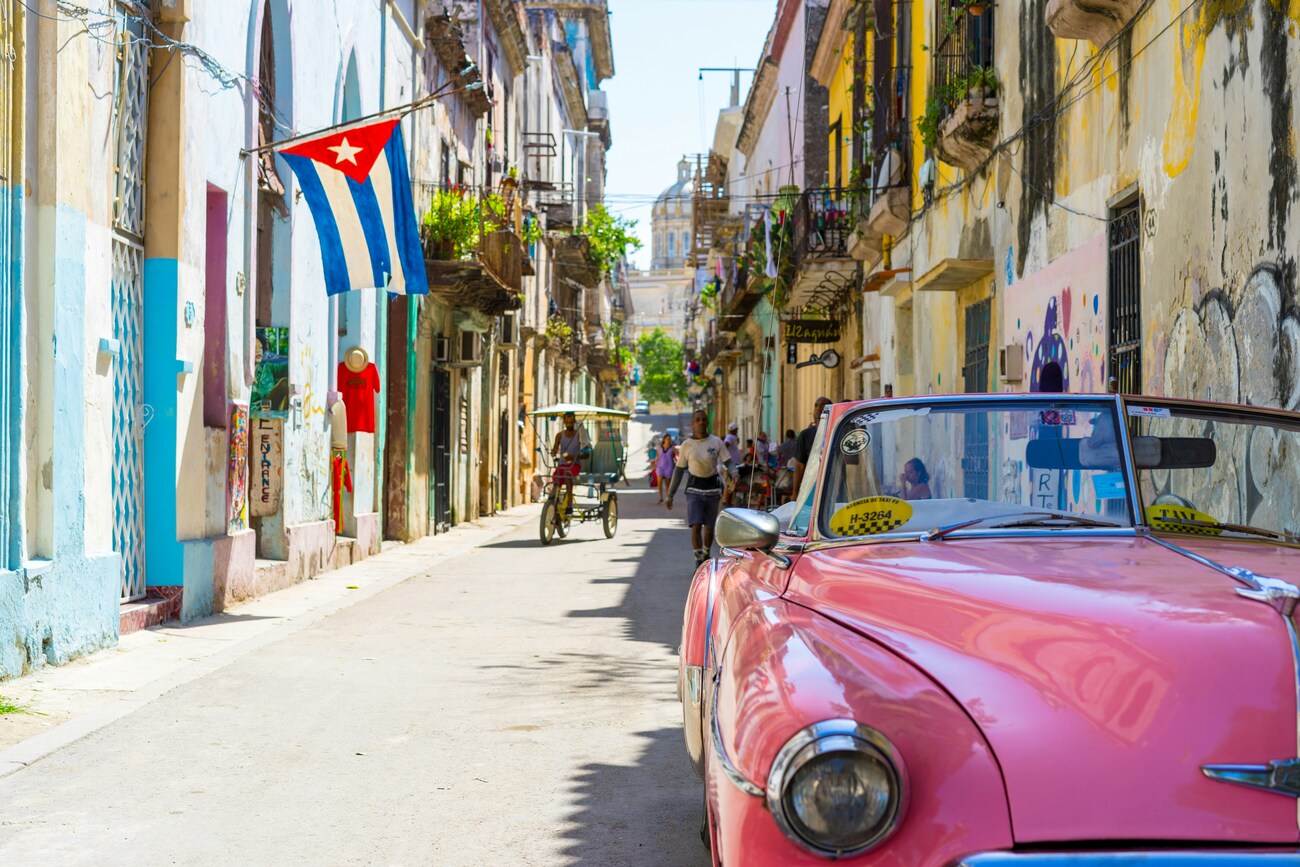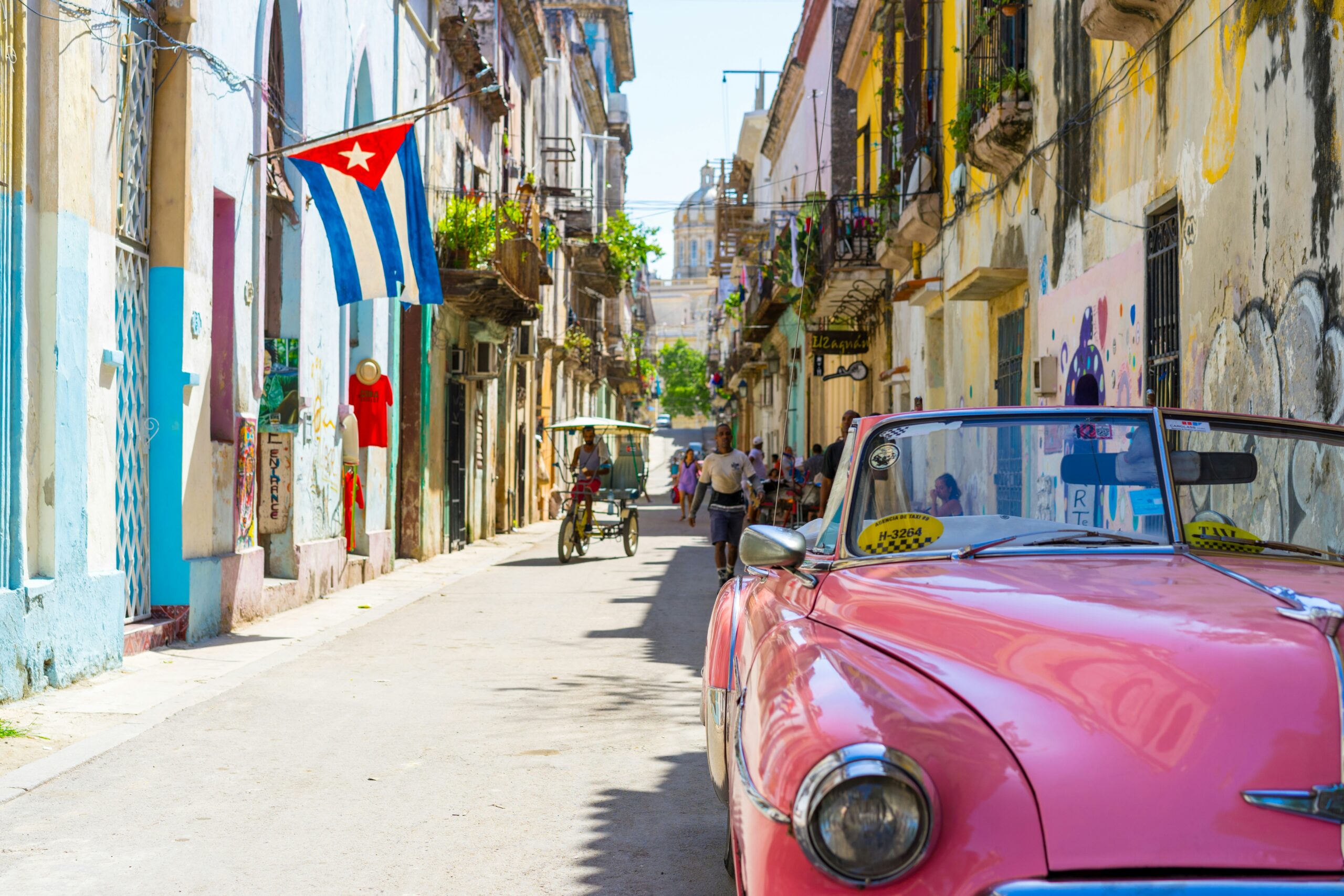
Exploring the Linguistic Landscape of Caribbean Spanish
Discover How History, Culture, and Global Influences Shape This Unique Dialect
Embarking on a journey through the Caribbean, we explore the distinctiveness of Caribbean Spanish. This unique variant of the Central American linguistic spectrum presents a vivid panorama of history, culture, and identity, encompassing regions such as the Dominican Republic, Cuba, Venezuela, Panama, and Puerto Rico.
A Tapestry of Sounds and Expressions:
In our linguistic odyssey, we uncover the peculiar phonetics of this Caribbean dialect, marked by features like seseo, aspiration of the /h/, and yeísmo. These characteristics, melded with African, indigenous, and Taíno influences, provide a window into the Caribbean’s rich cultural tapestry, both traditional and contemporary.
Examples that Immerse Us in the Essence of the Caribbean:
- “Echa pa’lante” embodies the Dominican spirit.
- In Cuba, “Ta’ bueno” resonates with warmth.
- “¿Qué tú quiere?” echoes the streets of Venezuela.
- Panama’s “¡Ajá!” carries a unique flair.
- Puerto Rico’s “¡Qué chévere!” encapsulates Caribbean vibrancy.
For those fascinated by these expressions and eager to delve deeper into the Caribbean vernacular, consider exploring the comprehensive guide available at Caribbean Spanish Stories, which offers an enriching journey into the slang and idioms of the region.

Past Influences Shaping Caribbean Linguistics:
The tapestry of Caribbean Spanish is a story of convergence and transformation, deeply influenced by a rich historical context. Its linguistic fabric has been woven over centuries, integrating elements from indigenous, African, and European roots. The indigenous influence, particularly from the Taíno language, is evident in the everyday vocabulary, infusing words that describe the natural world, agricultural practices, and the culinary arts. This indigenous imprint provides a unique insight into the relationship between the Caribbean people and their natural environment.
Moreover, the impact of African languages, brought by enslaved people, is profound in the rhythmic patterns, intonation, and certain lexical items of Caribbean Spanish. This influence extends beyond mere words into the realm of storytelling, music, and oral traditions, echoing the voices of a resilient and vibrant culture.
The European, primarily Spanish, influence is, of course, the framework on which Caribbean Spanish is built. However, it’s the interplay with local languages and cultures that has given this dialect its distinct identity. This linguistic intermingling resulted in a dialect that is not only a means of communication but also a mosaic of the region’s tumultuous and diverse history.
As the Caribbean faced colonization, migrations, and cultural exchanges, its language naturally evolved to reflect these complex interactions. This evolution speaks to the adaptability and resilience of the Caribbean people. It’s a linguistic journey that mirrors the socio-political changes of the region, embodying the spirit of survival and resistance.
Orality: The Vibrant Essence of Caribbean Dialects:
In the heart of Caribbean culture lies its rich oral tradition, an essential element that paints a vivid picture of the region’s linguistic identity. This dialect, deeply rooted in orality, thrives through its storytelling, folklore, and music, integral to the daily life and cultural practices. Stories passed down from generation to generation not only entertain but also preserve history, moral values, and ancestral wisdom. This oral heritage, featuring a unique blend of tones and rhythms, reflects the dynamism of Caribbean society. Moreover, it showcases the adaptability and resilience of the language, as it absorbs and reflects various cultural influences, making it a lively, ever-evolving tapestry of sounds and meanings.
The emphasis on spoken language overwritten forms in Caribbean Spanish allows for a more fluid, expressive, and communal form of communication. It fosters a sense of unity and belonging among speakers, strengthening community ties and cultural identity. This oral dimension is not only a linguistic characteristic but also a cultural treasure that needs to be cherished and preserved.
Challenges and Future of Caribbean Spanish:
As we navigate into the future, the unique dialect of Caribbean Spanish faces numerous challenges. Globalization and the widespread use of English pose significant threats to the survival and purity of this linguistic variant. The increasing influence of digital media and technology also contributes to the erosion of traditional language forms. However, there lies an opportunity amidst these challenges.
The resilience of Caribbean Spanish is evident in its capacity to adapt and evolve. Embracing technology, Caribbean communities have the potential to use digital platforms to preserve and promote their linguistic heritage. There’s a growing trend of documenting oral traditions, dialects, and colloquial expressions through digital recordings, podcasts, and social media, contributing to the digital footprint of the region’s linguistic diversity.
Furthermore, the educational systems in the Caribbean can play a pivotal role in nurturing and sustaining the local dialect. Incorporating Caribbean Spanish into curricula and promoting bilingual education can enhance linguistic pride and cultural identity among the younger generations.
Conclusion:
Our linguistic voyage through the Caribbean highlights the phonetic and lexical diversity that beckons a deeper understanding of this unique cultural environment. As a cornerstone of Caribbean and Central American culture, this dialect represents more than just a medium of communication – it’s a living, evolving tribute to the region’s rich heritage. To delve deeper, Caribbean Spanish Stories offers a thorough exploration into the heart of Caribbean linguistics.
Post a Comment
You must be logged in to post a comment.






